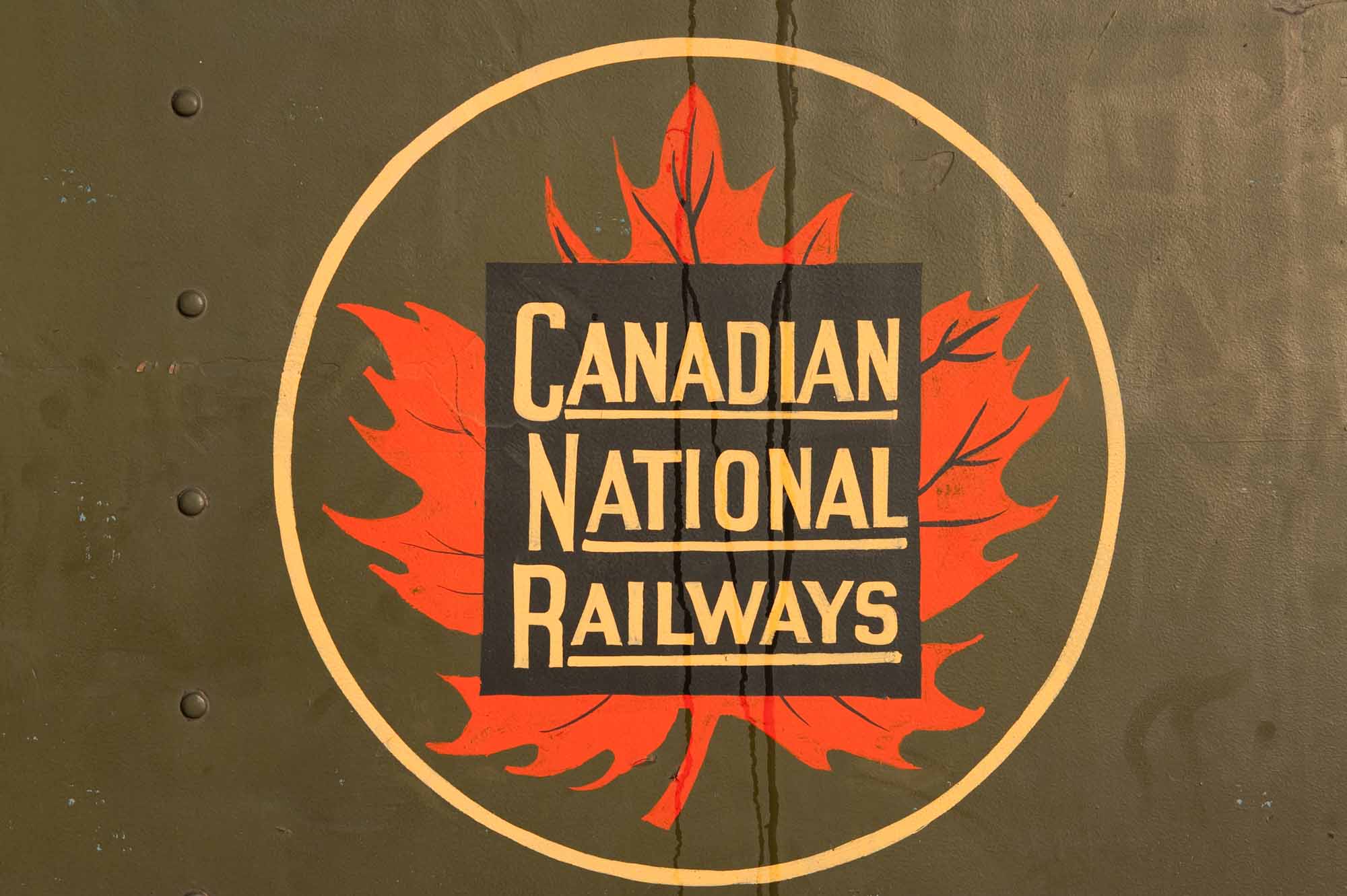Railways are one of the most important inventions in history. They are one of the most important innovations in Canadian history. Railways connect Canada from coast to coast and from north to south. They are vital to the Canadian economy and society. The first railways in Canada were built in the early 19th century. In 1885, the Canadian Pacific Railway (CPR) completed Canada’s first transcontinental railroad. (See Canadian Pacific Railway (Plain-Language Summary).) Other large railways lines were to follow. By the beginning of the 20th century thousands of kilometres of railway linked Canada.
(This article is a plain-language summary of railway history in Canada. If you are interested in reading about this topic in more depth, please see our full-length entry, Railway History in Canada.)

The First Railways
The first railways in Canada did not span great distances. The first railway in Canada was the Champlain and Saint Lawrence Railroad. It went from La Prairie to St. Johns (now Saint-Jean-sur-Richelieu). It opened in 1836. It was soon followed by the Albion Mines Railway. This railway was in Nova Scotia. It was less than 10 kilometers in length. Then, in 1847, the Montreal and Lachine Railroad was built. It was 12 kilometers in length. A much longer railway line was built in 1854. It went from Niagara Falls to Windsor. Before 1867, the Grand Trunk Railway was Canada’s longest railway line. It went from Montreal to Sarnia.
The Canadian Pacific Railway
Canada became a nation in 1867. (See Confederation (Plain-Language Summary).) At this time, the Prairies and British Columbia were not yet part of Canada (see History of Settlement in the Canadian Prairies). Prime Minister John A. Macdonald and the other fathers of Confederation wanted these regions in Canada. They had a very big problem though. Canada was not connected to these regions. So, few immigrants could travel and settle there. It was also very difficult for these regions and Canada to trade with one another. To solve this problem, it was decided that Canada would have a transcontinental railway. It was completed in 1885. It was built by the Canadian Pacific Railway (CPR). Because of the CPR more and more settlers could move to the Prairies and to British Columbia. And the west and the east could now conduct trade much more easily than before. On the other hand, the CPR proved tragic for First Nation peoples of the Prairies. They signed seven treaties with the federal government. (See Numbered Treaties). As a result, they lost much of their land. (See Canadian Pacific Railway (Plain-Language Summary).)
The Growth of Canada’s Railway System
The construction of the CPR led to the settlement of the Prairies. (See History of Settlement in the Canadian Prairies). This contributed to the construction of more rail lines in the region. This resulted in the founding of the Canadian Northern Railway. It built lines throughout the Prairies and these lines were connected to lines in the East. After this line was built, Prime Minister Wilfrid Laurier decided that yet another transcontinental line should be constructed. To make this happen, the federal government built a line from Winnipeg to Moncton. It was called the National Transcontinental Railway (NTR). In 1914, the NTR’s partner, the Grand Trunk Pacific, built a line from Winnipeg to British Columbia.
Serious Problems
The new transcontinental railroads lost much money. They often asked the federal government for the funds they needed. The federal government was frustrated by the situation. In 1917, it was recommended that the railways, except for the CPR, be nationalized. The government amalgamated the railways together to form the Canadian National Railways (CN). The government owned it. Like the CPR, the CN still exists today.
Railways in Contemporary Canada
With the creation of highways and the popularity of air travel, railways in Canada are not as important as they once were in the past. (See Roads and Highways; Transportation). However, they are still a vital service to Canada. They certainly provided a vital service to Canada in the past.

 Share on Facebook
Share on Facebook Share on X
Share on X Share by Email
Share by Email Share on Google Classroom
Share on Google Classroom




